Critical Differences Between Old Leadership and What Is Required Today
We have been operating in a context of constant change for at least a couple of decades. Since the most recent presidential election, we are also operating in a context of profound instability. It is now the job of leadership to ensure that, like a ship in a storm, their organization, division, department, etc., is agile enough and resilient enough to navigate both change and tectonic instability simultaneously.
So, we can probably safely throw away many of the precepts of leadership that leaders have relied on for not only the last 75 years, but likely the last 15 as well.
In the current environment, leaders must dramatically simplify and delegate, shifting their focus to things that will sustain organizational viability in spite of overwhelming volatility, uncertainty, complexity, and ambiguity (VUCA). So, what are these things?
Organizational resilience
Change leadership/transformation
Human capital/employee engagement
Revenue generation and capital preservation
Value creation
Innovation
Culture that supports psychological safety*, entrepreneurialism, risk taking & freedom to fail, autonomy, tolerance for ambiguity, transparency, collaboration, engagement, agility, purpose, and high integrity, i.e., people truly believe that espoused values are the organization’s actual values.
“Leadership today is not about planning or problem solving or profit and loss. It’s about ensuring that people are capable of collectively navigating constant change and volatility in a fully engaged and creative way. It is about achieving success through others in a culture that values entrepreneurialism, risk taking, and innovation.”
*The most comprehensive research ever conducted on team effectiveness, by Google, determined that the greatest single variable for the efficacy/productivity of teams is psychological safety.
An example of what this might look like on the ground is how leaders define and design organizational structure. It is almost impossible to navigate constant change in a VUCA environment with a traditional, hierarchical structure. Such a structure is too inflexible and slow. The evolution over the last 25 years or so has been from hierarchical to flat. The next stage is from flat to fluid, which is based on competence, shared interest, collaboration, engagement, radical autonomy, and desired outcomes. It is not based on seniority, title, or even expertise.
Technology, hard assets, real estate, and even financial capital are valuable but they are commodities within an organization and the broader environment. They provide very limited competitive advantage, particularly over time. It is human capital that provides the ultimate competitive advantage. And when people are engaged and energized, working together, there is no other organizational asset that can provide anywhere near the same results.
A partial, but certainly not complete list, of old and new elements of leadership are below. In short, the more leaders rely on the old vs. the new, the greater risk they will incur, both personally and organizationally. See if you can see some themes in the new list!
Old vs New Elements of Leadership
*Strategy is now a means to an end. It supports achieving vision and purpose.
Click here to explore our Leadership Discovery symposium where you can learn how to reinvent yourself as a leader with a small group of colleagues.

